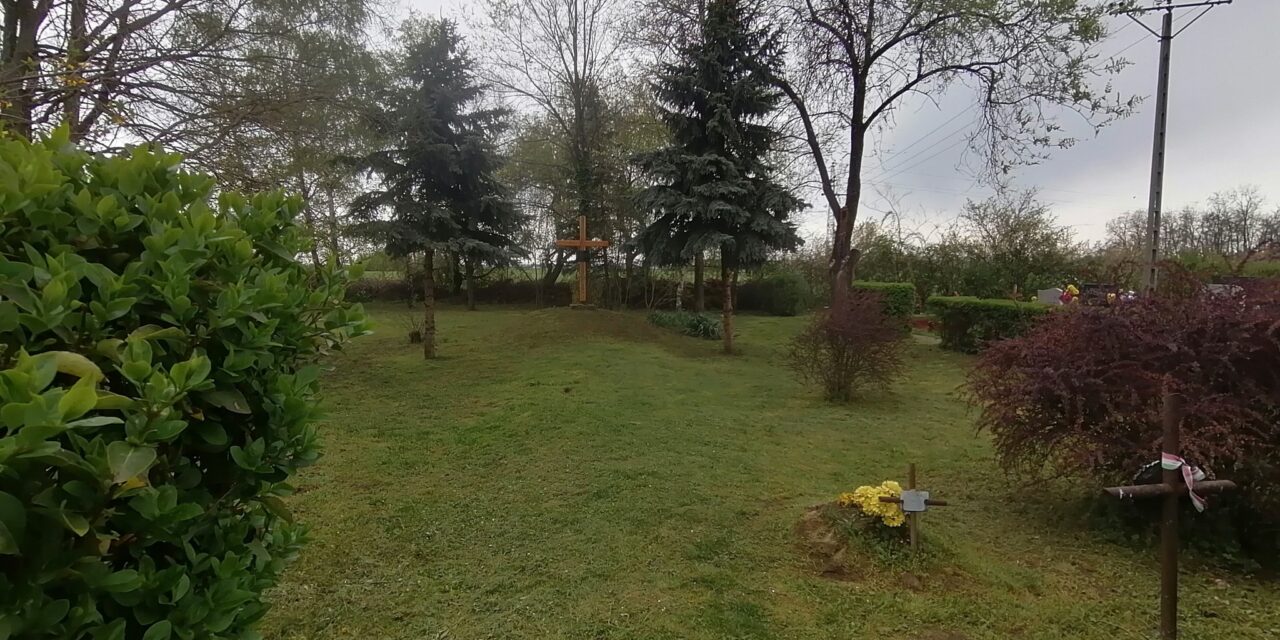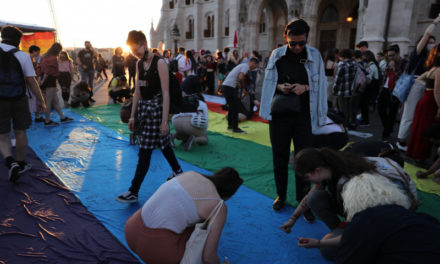One hundred and thirty-one Hungarian soldiers who died a heroic death in the Second World War were exhumed in Jászberény, the Directorate of Military Care and Hero Cult of the HM Military History Institute and Museum announced on its Facebook page on Monday.
In the military plot in the city's Szent Imre cemetery, those German and Hungarian soldiers who died a heroic death during the Soviet 2nd Ukrainian Front's operations aimed at occupying Budapest, in the battles of the first half of November 1944, or in the POW concentration camp set up after the capture of the city, were laid to rest. they passed away.
The local City Protection and Beautification Association had a wooden cross erected in the area in 1992, which was replaced last year. Apart from this wooden cross, only six iron and wooden crosses and one tombstone marked the graves of the hundreds of Hungarian soldiers resting on the site, which can be found in the casualty database.
The People's Association for the Care of German War Graves (Volksbund Deutsche Kriegsgräberfürsorge, VDK) previously excavated the area, during which they exhumed the German heroic dead found in the plot, who were laid to rest in the German-Hungarian Central Military Cemetery in Budaörs.
The staff of the Ministry of Defense's Internal Military Nursing Department carried out the excavation in Jászberény between April 17 and 28 this year. The purpose of the identification excavation was primarily to establish the personal identity of the soldiers who were buried in the plot without a grave marker. The works were also supported by the local government by providing machinery.
The remains of 131 Hungarian and two German soldiers found at the site were exhumed in six rows, from a total of 22 mass graves and several individual graves. During the excavation, it was verified that soldiers who died on the front lines were buried in the first rows of the plot, later mainly those who died in the hospital, and then Hungarian soldiers who died in the POW camp after the occupation of the Soviet Red Army and probably civilian prisoners were buried in the mass graves.
During the excavation, there was no opportunity for personal identification due to the lack of identity card cases enabling the precise establishment of identity and the sporadic occurrence of equipment and personal items.
The remains of the exhumed 131 Hungarian soldiers were transported to Budapest, to the facility designated for this purpose by the Ministry of National Defense, in order to carry out possible anthropological investigations.
The exhumed Hungarian soldiers will be reburied in Jászberény, at the site of the exhumation, in the soon-to-be-built Hősi plot.
The remains of the German soldiers were taken over by a representative of the GDR; later they were laid to rest in the Central German-Hungarian Military Cemetery in Budaörs.













